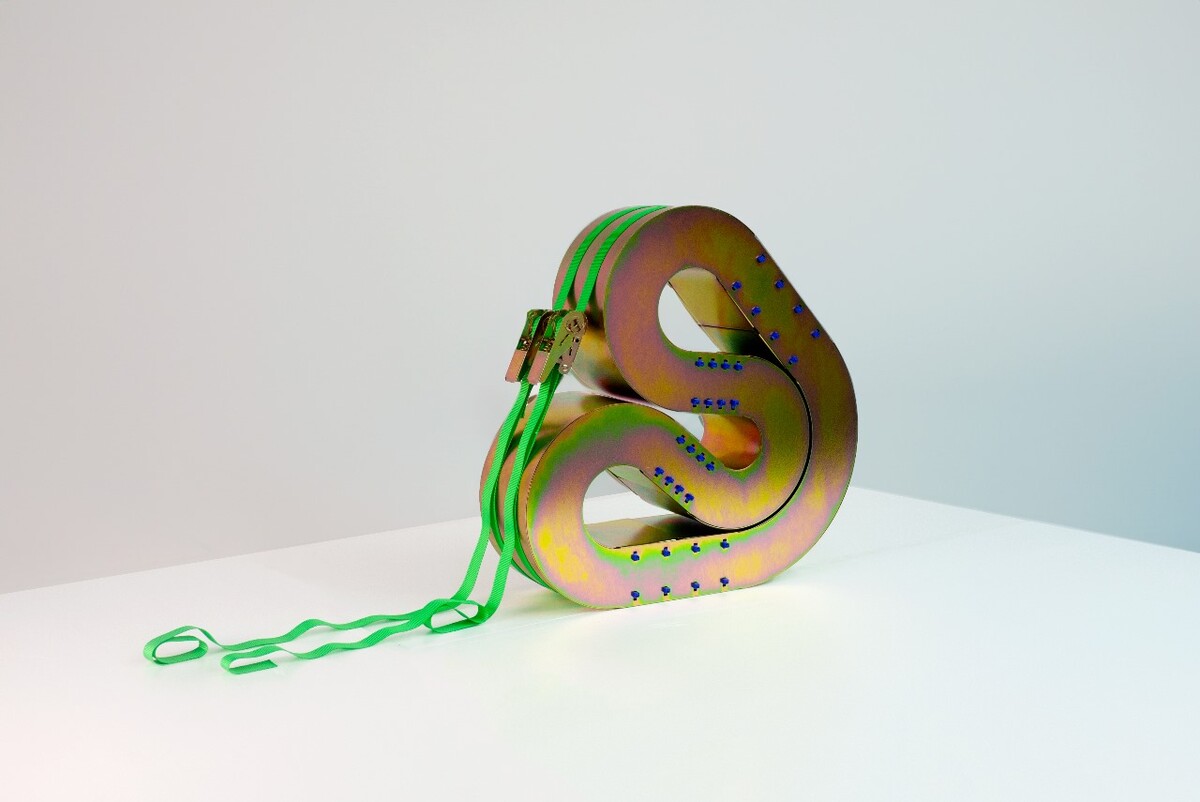
“calor COLOR”, a project developed in different spatial modules and whose axis gravitates around the role that color plays in the works of nine international artists. Although these works are diverse in content and structure, each uses color to claim its space through its “liveliness,” an expression used by Goethe to refer to the fact that refined people avoided bright colors in their clothing and in objects around them, and seemed inclined to banish them entirely from their presence. He went so far as to affirm that only savage nations, uneducated people and children maintain the love for colors at its maximum vivacity. Walter Benjamin also wrote about the child’s relationship with color by differentiating the child’s perception of color from that of the adult: he even suggested that the latter understood color as a layer superimposed on matter, to such an extent that they considered it a deceptive cloak. . Perhaps this deception could be linked to the names of synthetic colors that create a ghostly and ethereal aura, making it difficult to imagine a color based solely on its name.
The liveliness of the colors of the works present in this exhibition, far from being misleading, is symptomatic of how color and heat, following the free etymological relationship of the scholar Isidore of Seville, are fundamentally composed of the same matter. Equating heat with color moves us away from a retinal focus and brings us closer to a bodily activity common to spaces of fantastic vivacity in which color is presented in a vivid way. Defending such a sense of color does not mean categorically stating that color is this or that.
To avoid something as common in color theory as the tendency to relate nuances of color with everyday objects or materials, thus blurring their true chromatic singularity, we have chosen to favor abstraction in the selection of the works. The aim is to investigate the postulates of the artists present in this exhibition in relation to color, instead of privileging figuration.
